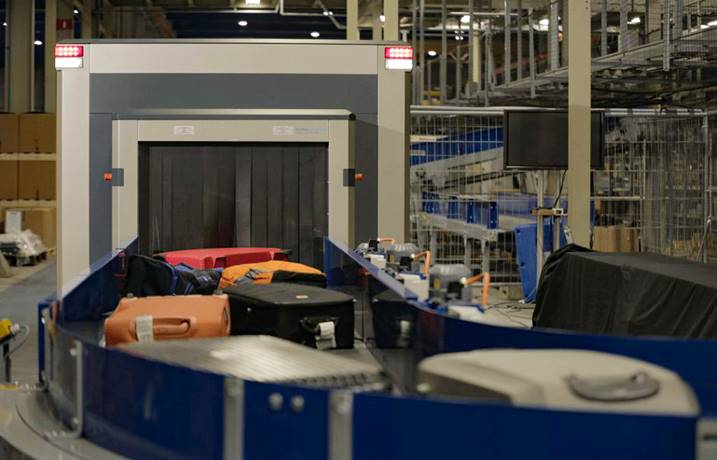The module analyses x-ray diffraction signals at small angles measured by innovative spectrometric detectors to identify substances.
“This information is characteristic of the material they pass through. Consequently, by correctly detecting these photons and accurately measuring their energy at given angles, it is possible to deduce the molecular signature that characterizes their interatomic distances,” says CEA-Leti’s Loïck Verger.
This information is more precise than that provided by transmission imaging and makes it possible to rapidly examine a piece of luggage without having to immobilize and open it.

The new SDX 10060 XDi scanner made its world debut at the Passenger Terminal Expo, April 16-18, 2024, in Frankfurt.
Smiths Detection joined forces with CEA-Leti to implement this innovation in its products. The collaboration began in 2010 and has recently led to the launch of a new scanner, the SDX 10060 XDi, which is based on X-ray diffraction.
“The detection module we simulated, integrated, tested and transferred to Smiths Detection consists of a CdZnTe semiconductor detector operating at room temperature, an ‘ASIC’ (an integrated circuit used to extract very weak signals) originally developed by CEA-Irfu for astrophysics, and a specialized signal processing solution,” says Verger.
Each scanner is equipped with several detection modules as well as information processing algorithms and X-ray generators. Designed to pass the most stringent certifications for the detection of illicit substances, this equipment is now on the market.

The module is included in the Smith’s SDX 10060 XDi scanner pictured here.

